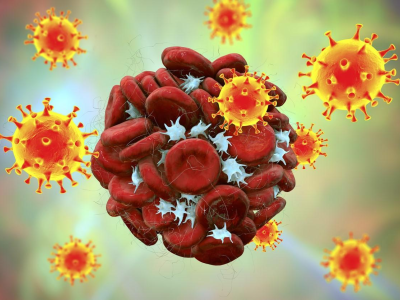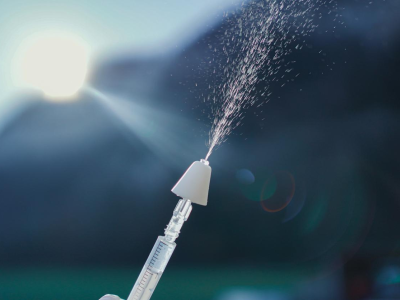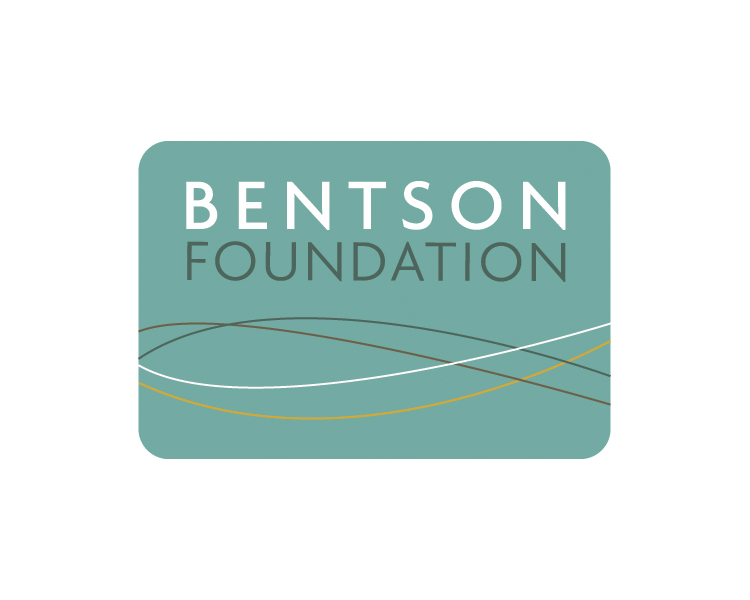Even if they don't notice it, COVID-19 survivors' sense of smell may remain impaired for years after infection, the Researching COVID to Enhance Recovery (RECOVER) Consortium reported yesterday in JAMA Network Open.
The RECOVER-Adult study surveyed adults with and without previous SARS-CoV-2 infection about their symptoms roughly every 90 days from October 2021 to June 2025.
The research team offered olfactory testing to all study participants who reported a change in or loss of smell (hyposmia or anosmia, respectively) or taste (ageusia), and to a random 15% sample of those with no impairment. Testing was performed using the University of Pennsylvania Smell Identification Test (UPSIT), which includes 40 different odors, at 83 sites in 35 US states and territories.
Participants included 2,956 COVID-19 survivors (1,393 with and 1,563 without self-reported anosmia) and 569 never-infected participants (9 with self-reported ageusia) who underwent olfactory testing an average of 1.8 years post-infection. The average participant age was 47.6 years, and 72.4% were women.
"Decades of research have found that verified olfactory dysfunction is a strong early factor associated with neurodegenerative disease, often preceding diagnosis by years," the study authors noted. "The olfactory system is closely connected to brain areas involved in memory, emotion, and decision-making."
"Viruses may enter the brain directly through the nasal epithelium and cause neuroinflammation and abnormal protein aggregation in addition to olfactory damage," they added. "Formal testing is needed to characterize the presence, severity, and patterns of olfactory dysfunction."
Link between anosmia, cognitive impairment
Of the 1,393 COVID-19 survivors, 111 (79.8%) who reported hyposmia, anosmia, or ageusia had hyposmia on olfactory testing, while 321 (23.0%) had severe impairment (average age- and sex-standardized score, 16th percentile).
A total of 1,031 of 1,563 infected participants (66.0%) without self-reported change or loss of smell had hyposmia (average score, 23rd percentile), including 128 (8.2%) with severe impairment. Of the 560 uninfected participants without an impaired sense of smell, 336 (60.0%) had hyposmia, including 52 (9.3%) with severe cases.
In contrast, 532 of the 1,563 participants (34.0%) with a history of COVID-19 infection without self-reported olfactory dysfunction had a normal UPSIT score (negative predictive value, 34.0%), as did 224 of 560 (40.0%) uninfected adults without self-reported anosmia.
Younger women had scores corresponding to lower average age- and sex-standardized percentiles. Among all participants who reported a change in or loss of smell, those with abnormal UPSIT scores more often reported impaired cognition (742 of 1,111 [66.8%]) than those with normal scores (179 of 282 [63.5%]).
Possible 'profound impact' on well-being
An unadjusted analysis suggested that of participants with abnormal UPSIT scores, patterns of olfactory dysfunction were similar between infected and uninfected participants without self-reported loss of smell. In comparison, infected adults with abnormal UPSIT scores and self-reported smell loss were less able to detect smells in all categories: pleasant, neutral, and unpleasant. The sharpest differences between the two groups were in detection of cloves, grass, licorice, and watermelon.



















